First published in California Rare Fruit Growers Journal, vol. 20, 1988, pp. 14-16
(Updated 6/1998)
The Christmas weekend freeze of 1987 had a sobering effect on my enthusiasm for growing many of the conditionally adapted exotic fruit trees here in Southern California. My recorded temperatures dropped to 27 F and stayed below the freezing point long enough for a pail of water to form a quarter-inch thick cap of ice (freeze damage depends on the temperature and duration). The frost-scorched leaves of the rose apple, mango, guava, babaco and pepino dulce reminded me that to succeed in growing and fruiting these plants, protection must be provided against severe cold spells.
This is something commercial avocado and citrus growers are well aware of. They protect their trees using wind machines to keep cold air mixed with warmer layers, or do so using orchard heaters. While these technique aren't practical for most hobby growers, I know of at least a dozen things one can do in a small-orchard situation. They can be grouped as preconditioning procedures and freeze-response procedures.
Preconditioning Procedures
Preconditioning prepares the plant to withstand cold temperatures without damage. To toughen plant tissues in the late fall, do not apply nitrogen fertilizer after October 15 [in southern California]. Any fertilizer application should be high in potassium, as this element is known to promote thick cell walls. Another nutritional technique is to spray all plant surfaces with kelp seaweed solution. I use Maxicrop dry concentrate at one teaspoon per gallon of water. Cytokinins present in the seaweed toughen the plant cell walls.
Experienced commercial growers are currently frost-protecting citrus, avocados and strawberries with anti-transpirant sprays. All the plant surfaces are sprayed prior to anticipated freezes, and the protection afforded is suggested to be from two to eight degrees (°F). Here is a list of the ones I know of:
* Frost Away -- by Bonide. Available from Mellingers.
* Wilt-Pruf -- by Wilt-Pruf Produces, P.O. Box 469, Essex, CT 06426.
* Frostguard -- by Custom Chemicides, P.O. Box 11216, Fresno, CA 93772. Available from local farm suppliers.
* Frost Shield -- by Maz-Zee S.A. International, P.O. Box 82717, San Diego, CA 92138. Available from Peaceful Valley Farm Supply.
While I haven't been able to pin down any of the manufacturers as to how their products operate, it's safe to say that these products reduce the cooling effect of wind on leaf surfaces (chill factors).
Another approach to increasing the low-temperature tolerance of plants is by eliminating ice-nucleating bacteria (INB) from leaf surfaces. Recent research has demonstrated that some plants, which usually succumb at 30° F can be supercooled to 24° F without damage if these bacteria are eliminated from the plant's surfaces. As explained in the literature, these bacterial promote the formation of ice crystals that pierce plant cell walls, leading to desiccation and death. While not a completely accepted method, these bacteria can be killed by spraying plant surfaces with a bactericide such as Kocide 101 (cupric hydroxide).
Having preconditioned your trees with all these sprays, don't forget to protect the trunk and major branches. This is vitally important for trees in the ground only a year or two. The trunk, especially near the graft union, can be effectively protected by covering it with one of the special products made for this purpose. One type of tree wrap comes in a roll and is made of treated paper; another is a spiral ribbon of white plastic. Both products are available through mail-order farm and garden companies.
Exploiting the Heat of the Earth
On a cold night with air temperatures in the twenties, the earth's surface at 52° F is like a giant heater. To fully exploit that heat the ground near the tree should be cleaned of both mulch and growing weeds. It should be wet and uncultivated to maximize heat transfer from earth to air.
You may have noticed that plants placed under the leaf canopy of a large tree or a building overhang escape serious freeze damage, while those out in the open are killed. These covers contain the earth's heat.
I build a protective cover for most of my sensitive trees using a a wooden framework covered by shade cloth--beware of using clear plastic. The poles can be 2"x2"x8' lumber with the one end sharpened., and the wood treated with a preservative such as Waterseal. Four poles are driven into the ground in a 4-5 foot square pattern. I always use a steel pipe to make holes for the poles so as to avoid splitting the pole tops. The top ends are then joined with four 1"x2" boards using nails. I cover the framework with 50% shade cloth on top east and west sides and 75% shade cloth on the north side. I leave the south side open. This protector can be left up in summer for those plants needing it. The north side protection reduces the chilling and drying effect of winter winds. A similar approach which reportedly protects plants is to enclose the entire plant with a product called Agrinet. This material is very light and is easily supported by the tree's limbs. It is also available from mail order suppliers.
Exploiting the Heat in Water
We were taught in high school physics that water stores heat better than any solid material, and that it releases 80 times as much heat (heat of fusion) in changing from liquid to ice at 0° C (32° F) as it does when cooled one degree Celcius. That is why farmers water their orchards during a freeze, and so should the backyard grower. The water coming out of the pipe is probably at about 52° F (11° C) and gives off 11 calories per gram when it cools to 32° F (0° C), and then gives another 80 calories per gram when it solidifies.
Another way to exploit the heat held by water is to surround the tree with five-gallon plastic pails filled with water. This simulates the protection given plants near a body of water, such as a swimming pool.

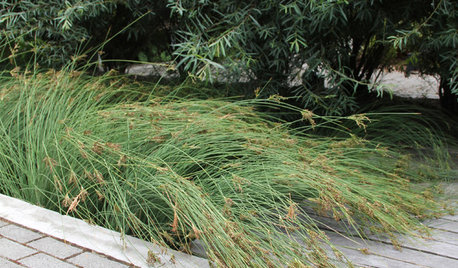
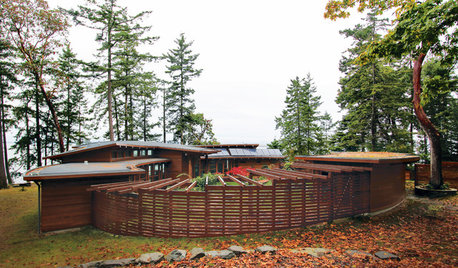
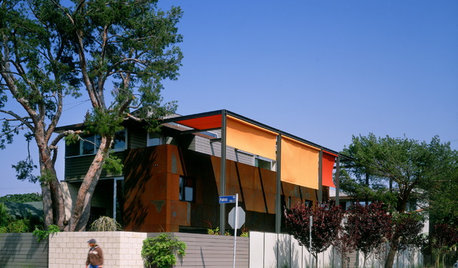
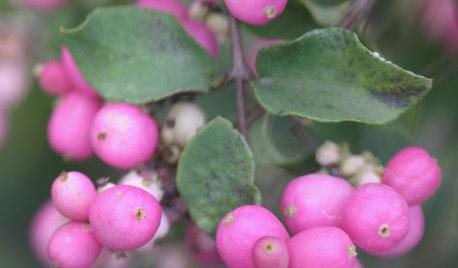



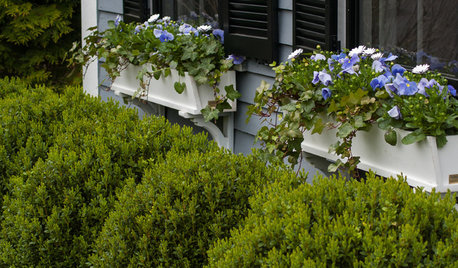
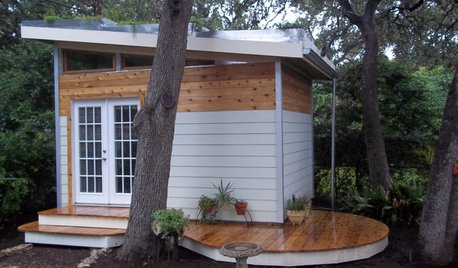



jimcde
Related Discussions
Crop Rotation for Back Yard Veggie Garden?
Q
Homeowner cited for backyard habitat
Q
Turning backyard into a garden, what do you think?
Q
Conductor size for backyard subpanel
Q